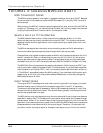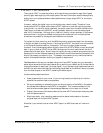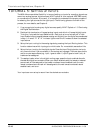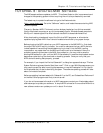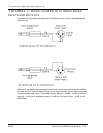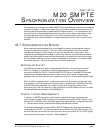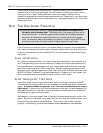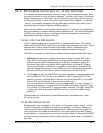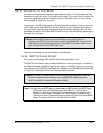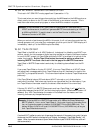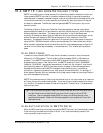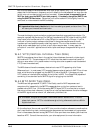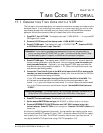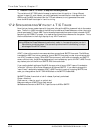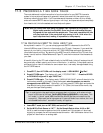
SMPTE Synchronization Overview, Chapter 16
16-4 ALESIS M20 REFERENCE MANUAL 1.06
Another illustration of the need for reference clock comes from the video world. In order to
make clean edits between several video recorders, all video sources must display their
pictures at the same rate with the frame edges occurring at exactly the same time. If each
VCR were left to run freely on its own, the transports would move at slightly different rates,
the respective pictures wouldn’t line up, and we’d see a black bar (the vertical interval) roll
through the picture every time an edit was made. By referencing all VCRs to house sync,
they all start each frame simultaneously.
In a typical 3-deck video editing situation, note that the location references are usually
intentionally different, but all reference clocks are unified: a shot at 02:30:44:00 may be
followed by a segment whose location is 14:02:00:15 (and so on), but the master deck
recording video and the two slave decks sending video all start their pictures at the top of
the video screen simultaneously.
This introduces another concept important to successful and flexible synchronization: the
offset.



